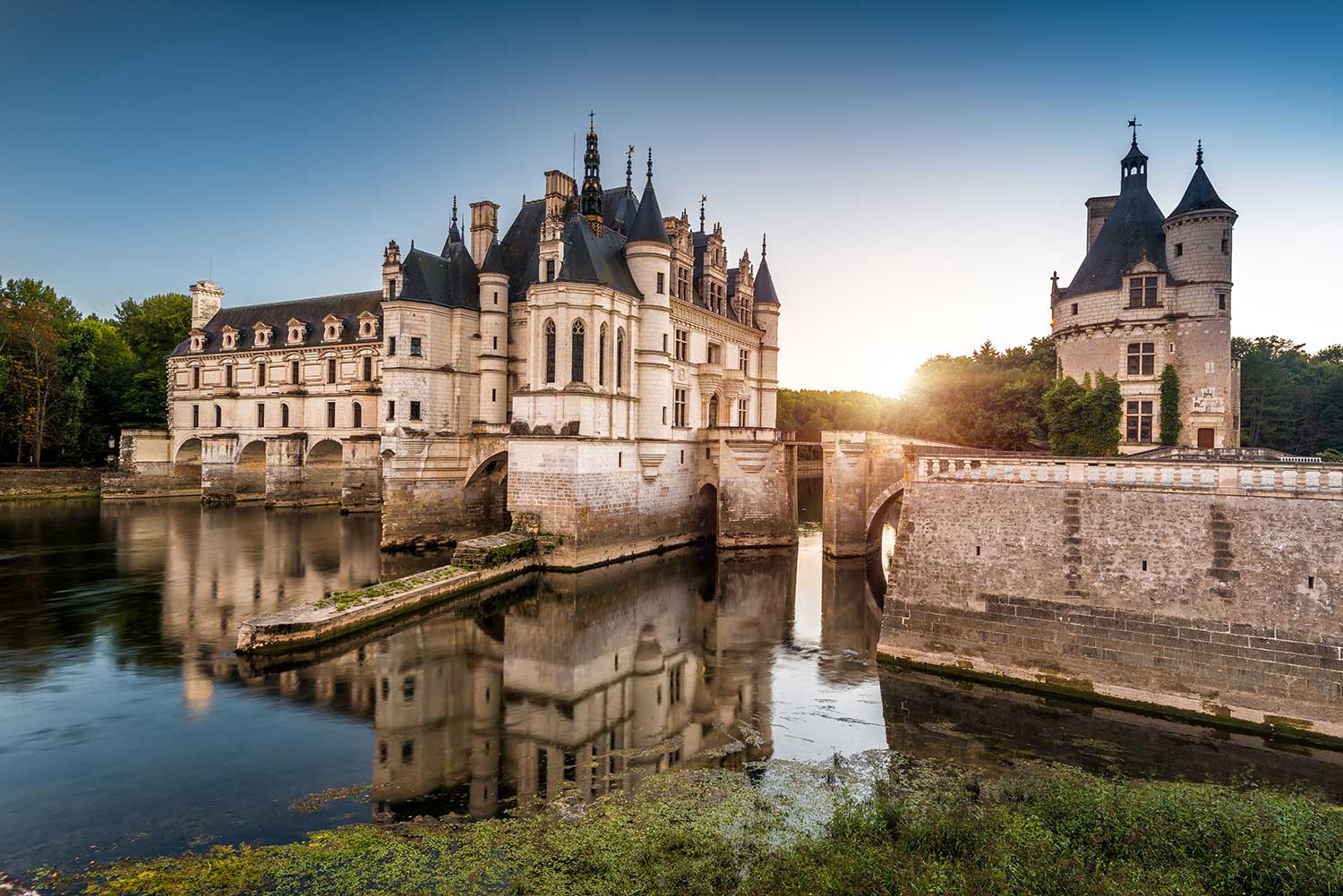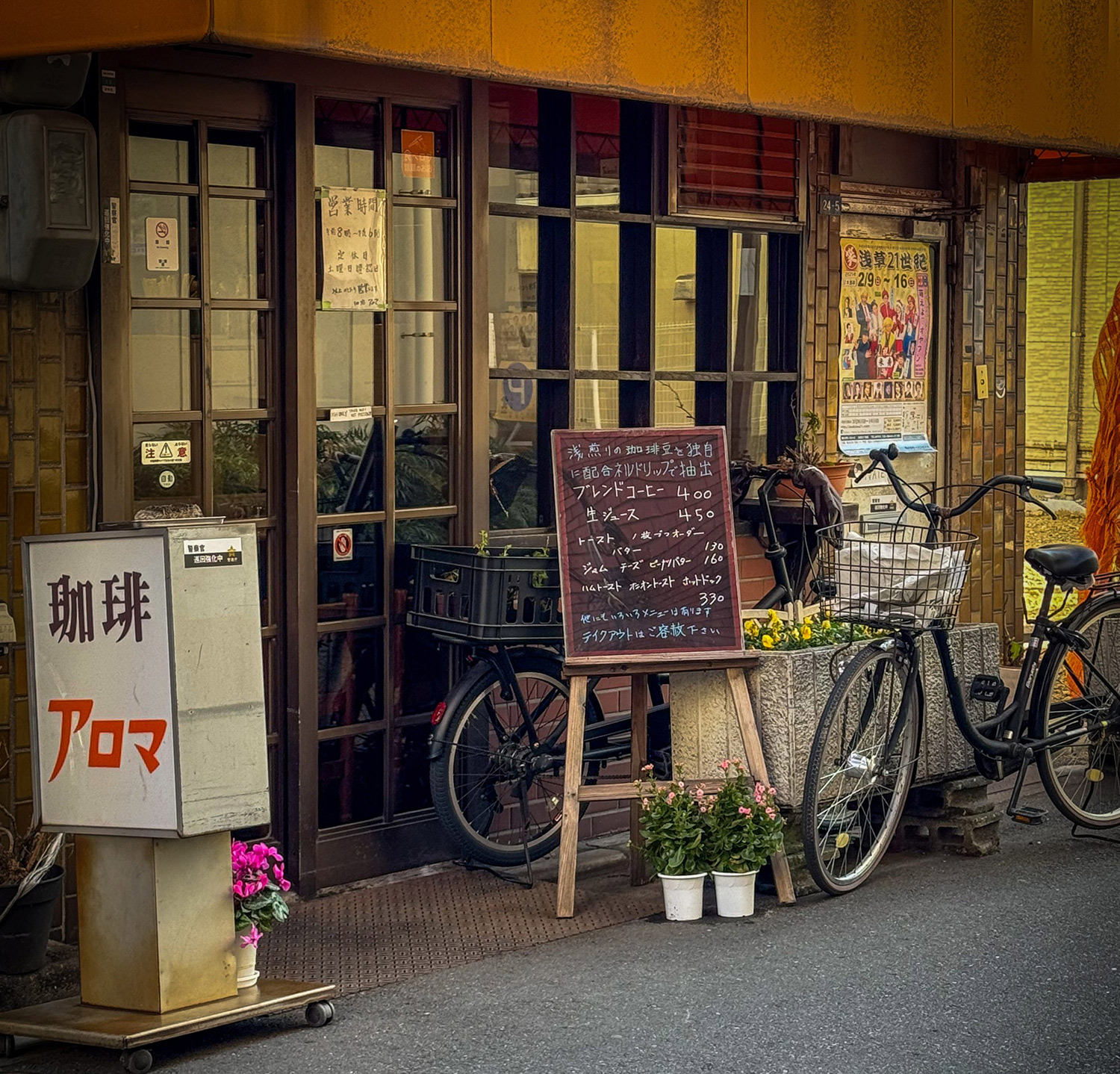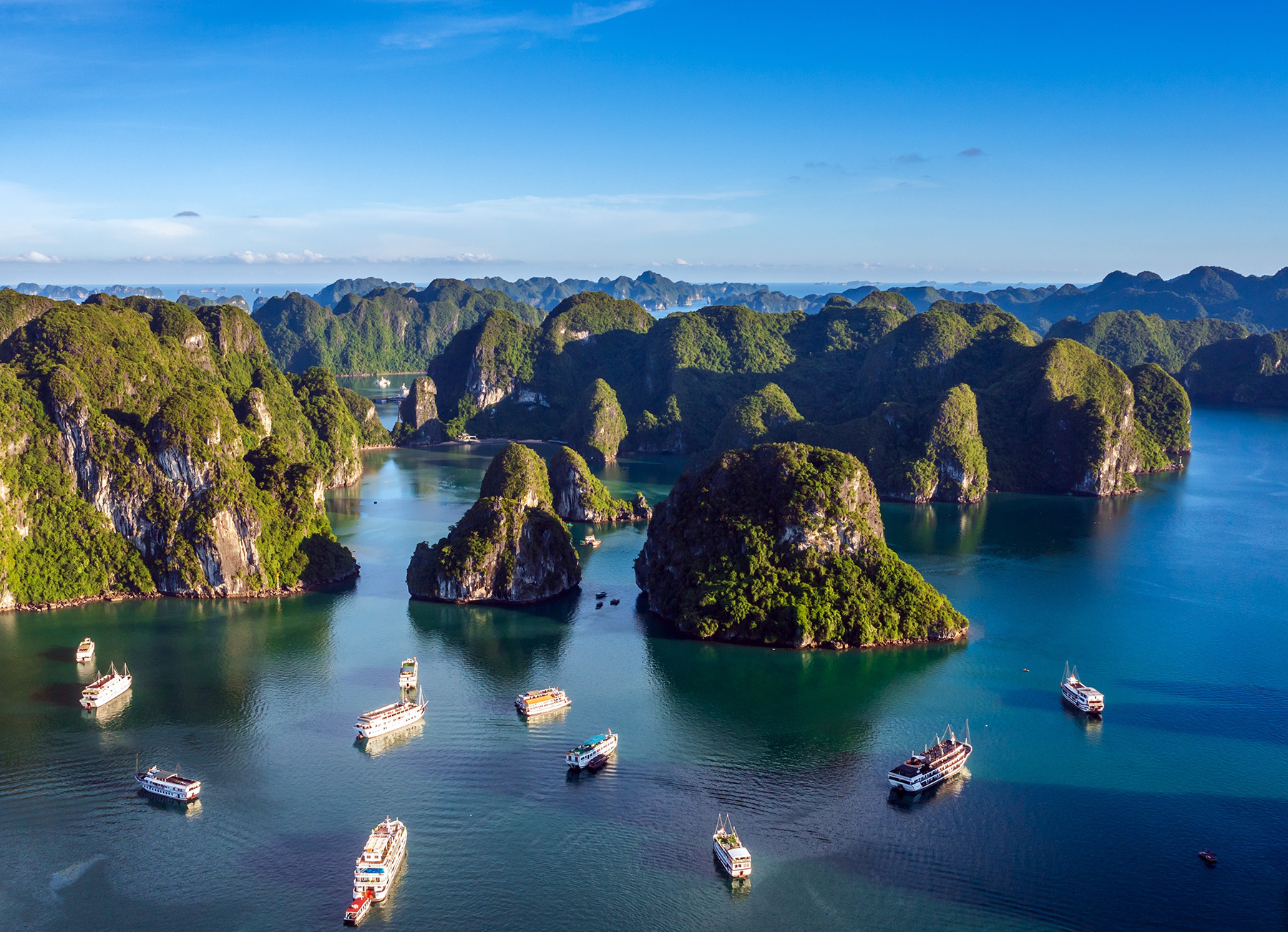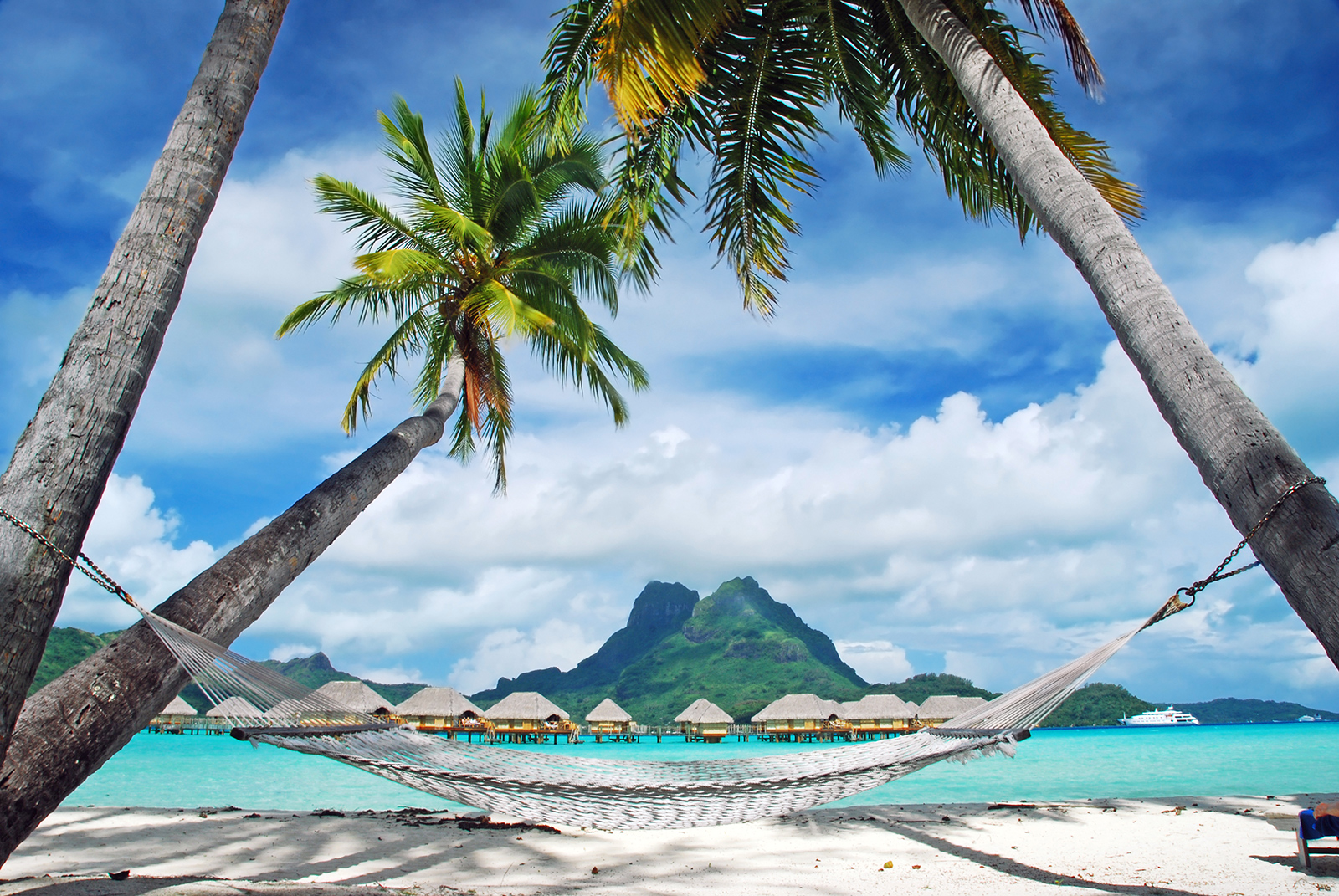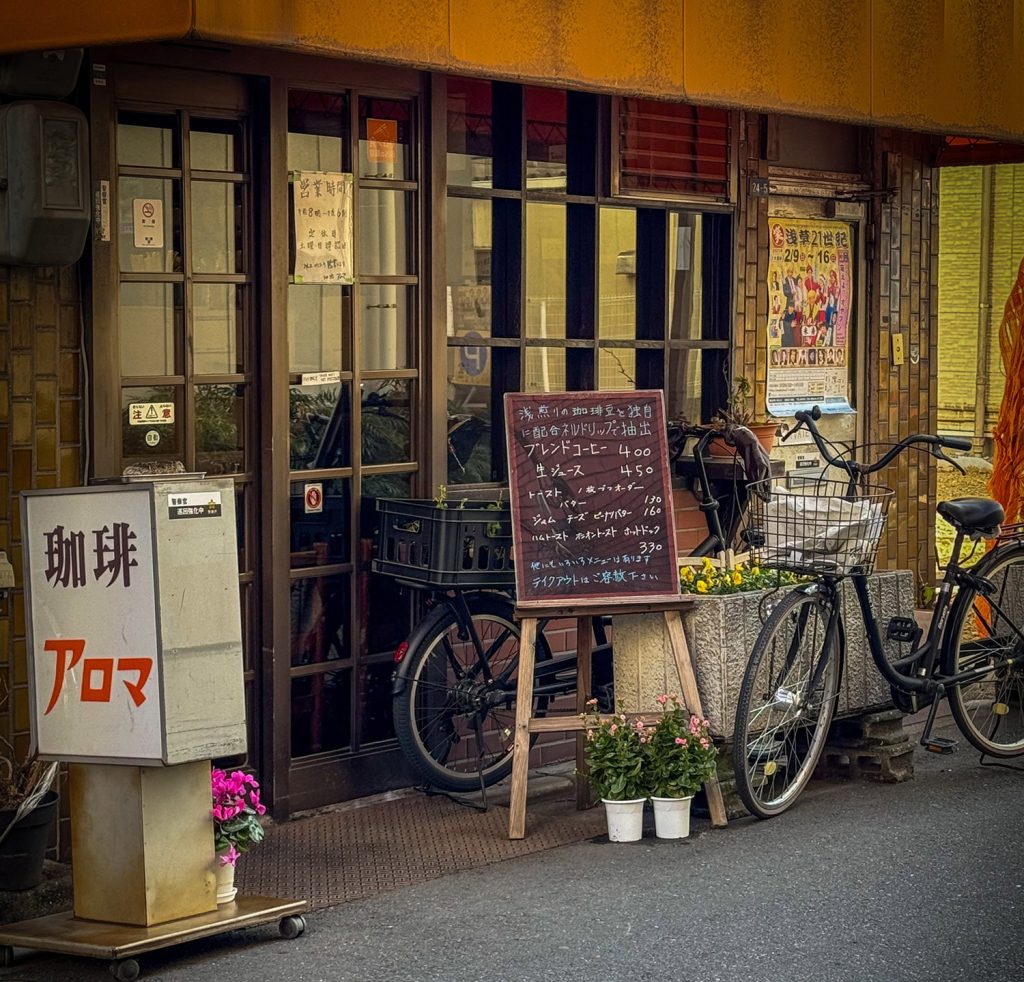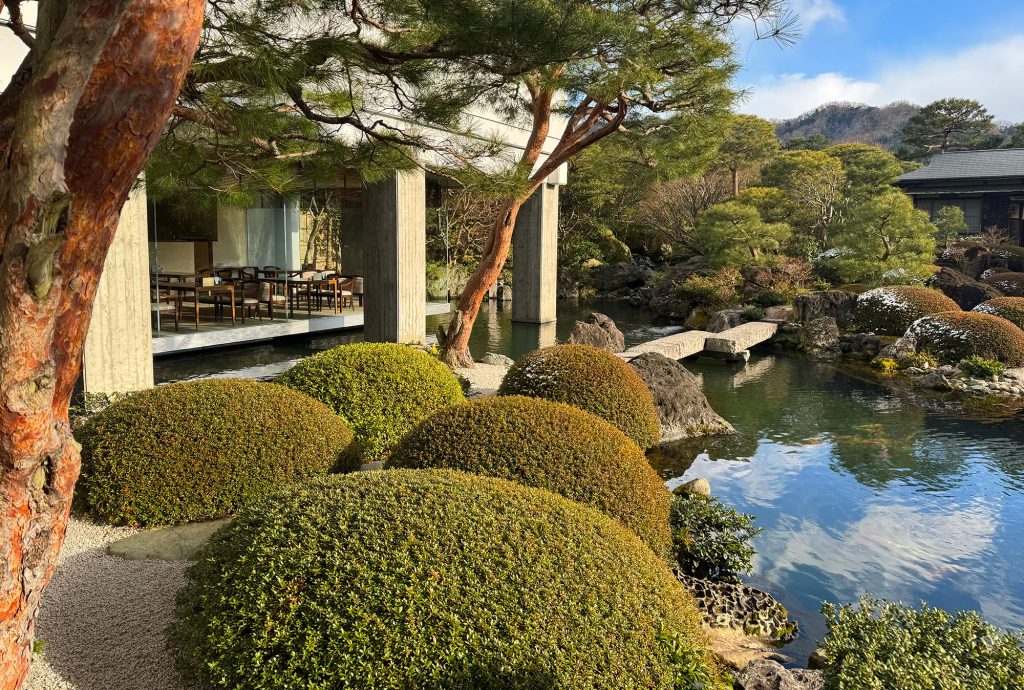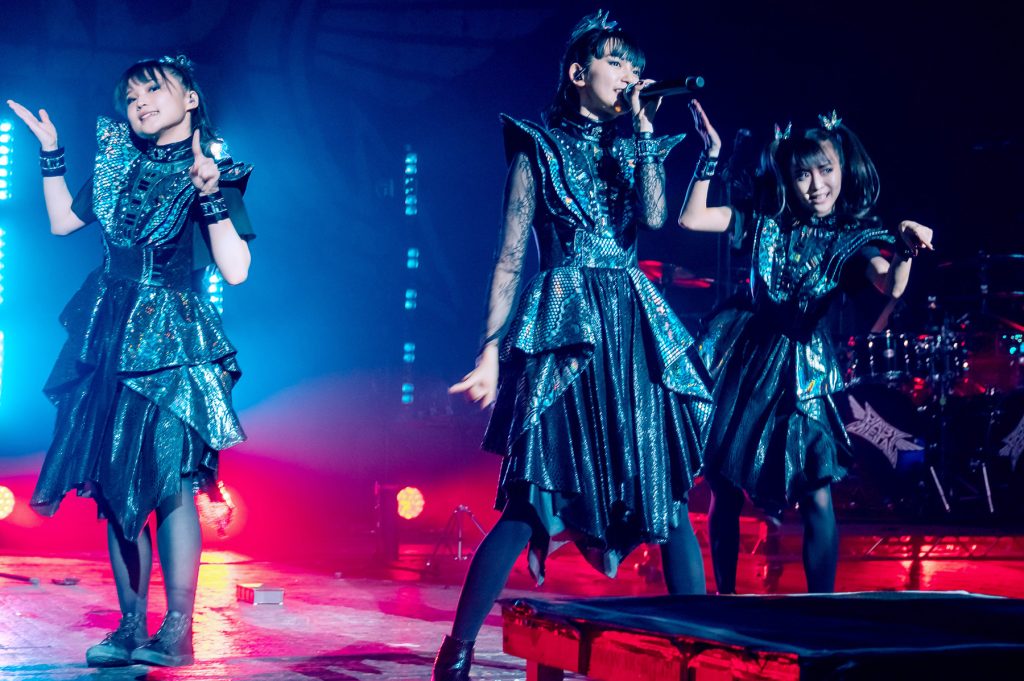If you’re looking for a unique and beautiful experience, you should consider visiting these alluring and famous castles in France. Our focus is on the Loire Valley, which is heavily saturated with these spectacular fortresses that have been around since the Middle Ages.
As long as they’ve been around, they have never lost their incredible charm. Known as Châteaus, we’ll explore the grandeur and history of these awe-inspiring castles, making your trip an unforgettable one.
What Does Château Mean?
Most travelers and explorers don’t want to come across as naive tourists, or as they call us in the British pubs, grockles. So best to know a little French and the meaning of Château.
Although Château is a French term that is often used in the context of winemaking, it’s also used to refer to historical buildings such as castles and manors.
The term itself has its roots in medieval Europe and has a fascinating past, harkening back to the days of castles and fortresses in feudal France. These fortified dwellings, owned by the lord of the manor, were originally constructed as a means of protection from any unwelcome intruders.
After all, you never knew if that well-armored knight was coming over to borrow a cup of sugar or return with your head on a platter. Better safe than sorry. At the heart of the word ‘château’, lies a grand manor house; the home of a nobleman or gentleman, befitting of one of high rank like nobility.
How Many Castles Are There in the Loire Valley?
The Loire Valley is home to some of France’s most beautiful and historic castles. Spanning the 175-mile stretch of the river, the valley is renowned for its over 300 magnificent châteaus.
Built by French kings, nobility, and the finest architects and landscape designers, these cultural monuments embody the ideals of the Renaissance and Enlightenment. Here are our favorite famous castles in France in the Loire Valley.
Château de Chenonceau – Château des Dames
As the renowned ‘Castle of the Ladies’, or Château des Dames, the Château de Chenonceau stands out as a breathtakingly beautiful château in the Loire Valley of France. With more than 700,000 visitors a year, this is the second most visited castle in France after the Palace of Versailles. It’s no wonder this was the epic filming location for the movie “Mary, Queen of Scots.”

Its story stretches back to the Middle Ages and it’s been home to several notable figures throughout its rich history. From its construction by Katherine Briconnet in 1513 to Catherine de’ Medici’s dramatic renovation of the gardens, women ruled this prime real estate throughout the ages.
So we see, the reason this is called the “Castle of the Ladies,” as its upkeep and construction was managed by six different women over the centuries. Designated as a Monument Historique by the French Ministry of Culture, The Château de Chenonceau was first mentioned in writing in the 11th century and belonged to the Marques family. In the 16th century, it was acquired by King Henry II of France and given to his mistress, Diane de Poitiers.

She managed to transform the castle into an architectural masterpiece with its late Gothic and early Renaissance style. The castle was later acquired by Marguerite de Valois before it was seized and sold due to her financial depletion.
Other notable women have called the Chateau de Chenonceau home, such as Madame Pelouze who sold it to the Cuban millionaire José-Emilio Terry in 1891. She was the sixth and the last woman to leave a mark here, on one of the most famous castles in France.

A visit to the Château de Chenonceau is not complete without a stroll along the Grande Galerie, a two-story gallery spanning the entire width of the river Cher. Built between 1576 and 1577 by Catherine de Medici, this impressive structure is 60 meters long and 10 meters wide and is one of the most recognizable features of the château.
Château de Chambord – Magnificent Gardens
Château de Chambord is one of the most magnificent monuments of the Loire Valley, as well as one of the most famous castles in France. For centuries, visitors have been entranced by the breathtaking beauty and majestic grandeur of this unique palace fortress. Yet the history of this remarkable structure has long been shrouded in mystery.

The majestic Château de Chambord stands as an iconic representation of French Renaissance architecture, combining the traditional medieval forms of France with the classical Renaissance structures for a timelessly beautiful look. Château de Chambord is also the largest château in the Loire Valley and was commissioned by the king of France, Francis I, to serve as a hunting lodge.
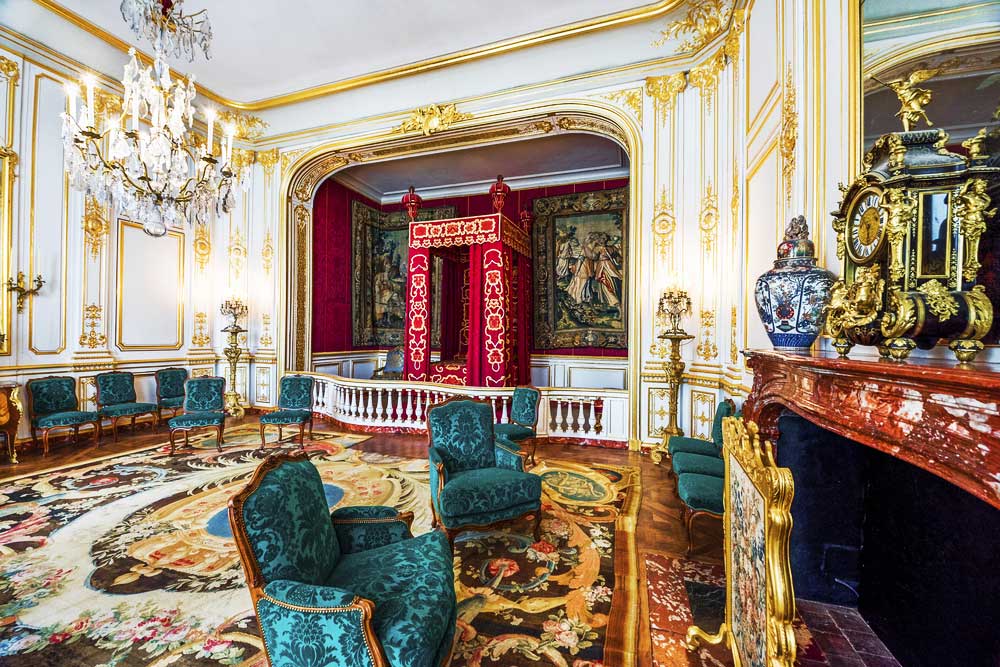
Today, the Château de Chambord is a popular tourist attraction, and its grandiose architecture rivals that of the Palace of Versailles. The building, which was never completed, covers 5,440 hectares surrounded by 32 kilometers of walls and houses 60 rooms.
Little did it know, the grounds would become witness to history when, in 1944, an American B-24 Liberator bomber came to an abrupt end on its lawn. Luckily, the gardens weren’t finished or optimal at that time.
The Revival of the Gardens of Chambord
The Château de Chambord Park is one of the largest enclosed parks in Europe. Home to a wide range of flora and fauna, the park is open for visitors to explore on horseback, by bike, horse, and carriage, as well as in a 4X4. But the gardens have not always been the picture of beauty they are today.
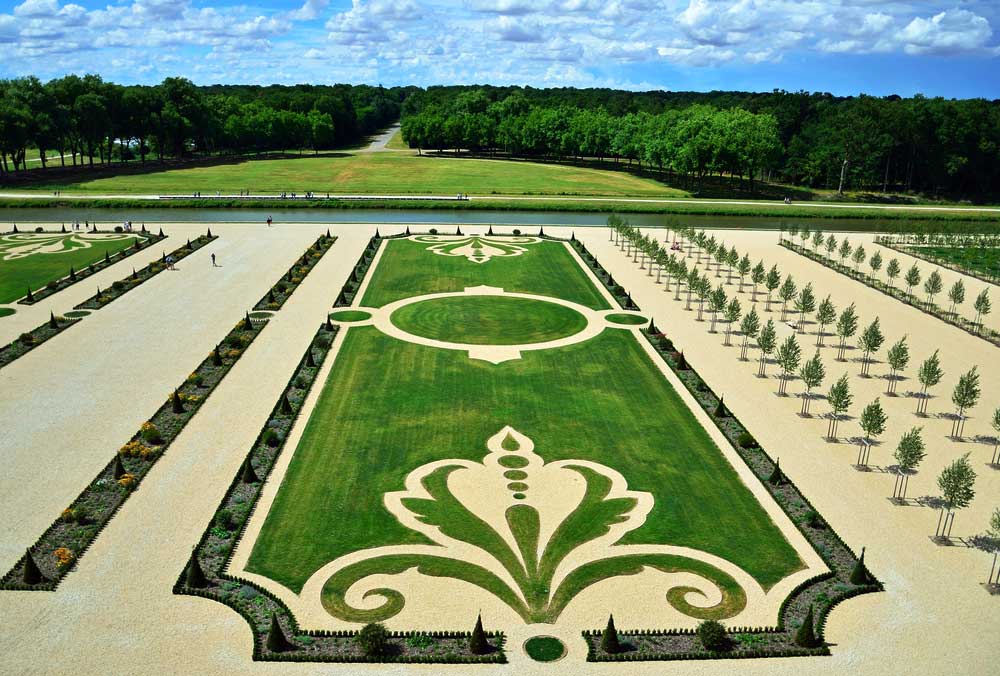
In 1734, 6.5 hectares of plantations were established, housing an array of fruit trees, vines, vegetables, and a few ornamental plants. Today, the gardens of Chambord have been restored to their original splendor and are now a spectacular tourist attraction, showcasing the magnificence of the château.
Château d’Ussé – Home To Sleeping Beauty
Once upon a time, a beautiful and enchanting Château d’Ussé stood watch over the Indre and the Loire rivers. This remarkable edifice inspired Charles Perrault to pen his timeless classic “Sleeping Beauty.”
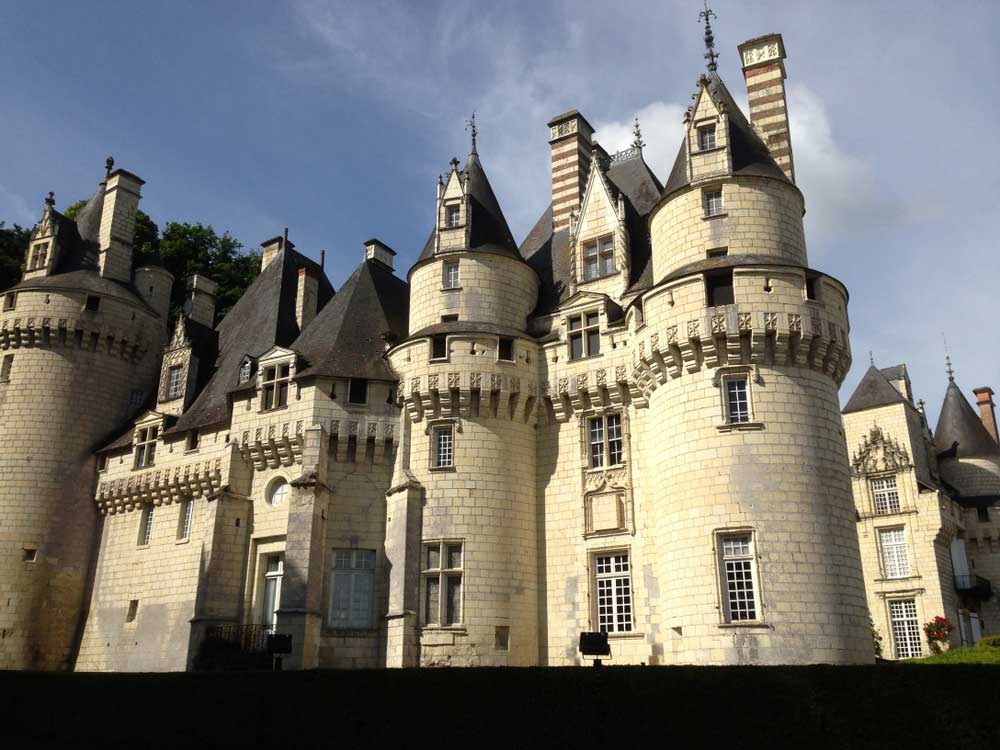
This French château has since been a symbol of splendor and enchantment for all eternity. As you explore the castle, you can almost feel the presence of Princess Aurora, the wicked fairy, and the charming prince.
Built for the Buiel family in the second half of the 15th century, the castle has a heterogeneous architecture featuring crenelated towers, French Renaissance facades, and classical-styled pavilions. Inside, it is filled with 18th-century furniture that has been enriched over the centuries.
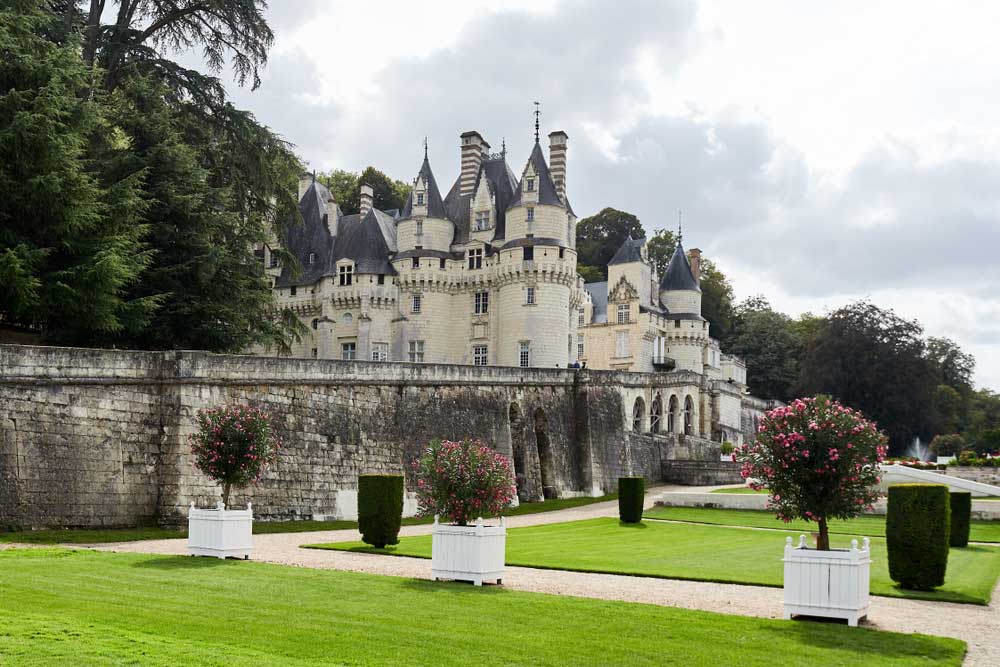
Awe-inspiring within the walls of the Château is the majestic staircase crafted by François Mansart, and the King’s Room, formerly occupied by Louis the 14th and later by the illustrious Haïlé Sélassié, the Emperor of Ethiopia. With all this royalty passing through, you’d think a handsome prince would have come along sooner than a hundred years to wake up Sleeping Beauty!
Visiting the Rooms Where Sleeping Beauty Once Lived
Located in the heart of the Loire Valley, classified as a UNESCO World Heritage Site, the Château of Ussé is the only private great Loire Valley castle to have been lived in by the same family for more than two centuries.
As such, its walls are rich in history, telling stories of different periods of time, from the Middle Ages to the 19th century. If you are looking for a magical experience, a visit to the Château d’Ussé is a must on our list of famous castles in France.

Château de Blois – Castle Of The Kings
The Château is known for its spectacular interior design and artwork as well as its stunning architecture, including the famous spiral staircase and the impressive facade.

The Château de Blois is also renowned for its rich and varied history, having served as the residence of several French kings and a meeting place of the Estates General in 1588.
It was also the site of major events such as the assassination of Henry I, Duke of Guise by orders from King Henry III, and the escape of Queen Marie de’ Medici, who was being held in exile by her son, King Louis XIII.

Our favorite castle hopper, Catherine de’ Medici, the wife of King Henry II, lived and died at this château as well. Apparently, no stately fortress in Loire Valley was too good for Catherine!
The Château itself is a remarkable example of both classic and Renaissance architecture, with façades in Classic, Renaissance, and Gothic styles.
It has 564 rooms, 100 bedrooms, and 75 staircases, and each room has a fireplace. Visitors to the Château are able to explore the magnificent royal apartments, view the Blois Fine Arts Museum, and experience the many temporary exhibitions within the castle walls.

Some famous people were born in the Château, including Joan of Arc, who visited in 1429 to be blessed by the Archbishop of Reims before departing with her army against the English. Additionally, Gaston of France (Gaston d’Orléans) and Marie Casimire of Poland stayed in the Château when they were in exile during the 17th century.

And we thought the exile of Britain’s Prince Andrew has us on edge. From what we gather from the tabloids, ‘The King has made it clear. He isn’t a working royal. He’s on his own.’ Yikes.
Château du Clos Lucé – Where The Mona Lisa Was Painted
The chateau has a rich history, but it’s most famous for being the home of Leonardo da Vinci during the last three years of his life. Built in 1471 by Louis d’Amboise, the castle was later purchased by François I of France in 1516 who gave the castle to Leonardo da Vinci as a retreat. During his time there, Leonardo created several masterpieces including the Mona Lisa.

Exploring the Château du Clos Lucé is an unparalleled experience! It’s an incredible opportunity to discover the story of the Mona Lisa and delve into the life and creations of one of the most remarkable minds of all time, Leonardo da Vinci.
In 1539, King Francis I died at the young age of 44 and his widow, Queen Claude of Brittany, moved into Clos Lucé to rule as regent for his son, Francis II. We’re starting to see a pattern here with women multitasking, ruling the household and their country without missing a beat.
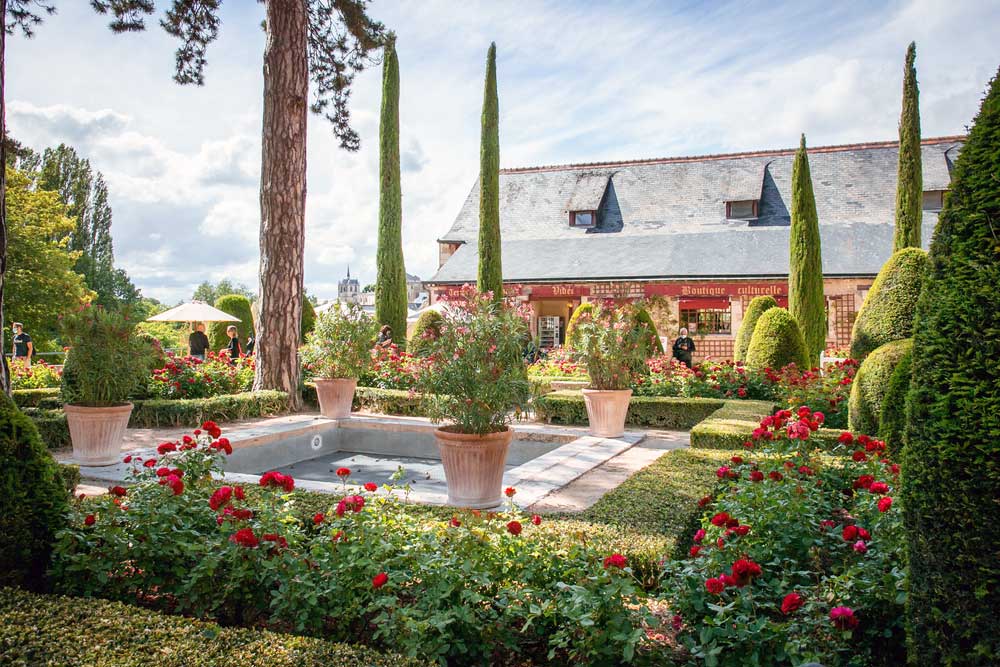
The French Revolution put an end to the monarchy and the Château du Clos Lucé was abandoned. However, in 1929, it was restored to its former glory and opened to the public as a museum. Today, visitors can admire the architecture of the chateau and learn about the fascinating history of King Francis I and Leonardo da Vinci.
The Secret of Château du Clos Lucé
The painting of Mona Lisa was famously stolen twice; the first time, it was taken from the Louvre on the night of its first exhibit and hidden in an anonymous hiding place.
The second time, it was brought to the Château du Clos Lucé – talk about going full circle. However, the painting was later recovered, and the thief was publicly executed. Lesson learned – the Mona Lisa is one lady you don’t mess with!

Visitors to the Château du Clos Lucé can explore the history and significance of the painting of the Mona Lisa while taking in the beauty of the chateau.
From the gardens designed by Leonardo da Vinci himself to the many artworks housed within its walls, the Château du Clos Lucé is a remarkable piece of French history.
How To Tour These Beautiful Castles Of France
1. Private Tours – Many private tour companies offer customized tours of the Loire Valley chateaus. You can choose the itinerary, duration, and budget of the tour, and they will take care of the rest.
2. Group Tours – If you’re looking for a more cost-effective option, group tours are a great way to explore the region. Most group tours have fixed itineraries and are usually one to three days long.
3. Self-Guided Tours – If you’re an independent traveler, self-guided tours are a great option. You can create your own itinerary and explore the castles on your own time.
4. Bike Tours – For those who like to get a little more active, cycling is a great way to explore the Loire Valley. Cycle along the winding roads and take in the stunning views of the castles. We’re big fans of touring the countryside on Bikes.
No matter which tour option you choose, you’re sure to be captivated by the grandeur of the Loire Valley chateau.
Conclusion
As you see, it wasn’t easy being a Royal back in the day – there’s a reason they had a fireplace in every room. The upside is these fortressed castles remain to this day architectural wonders with spectacular gardens as well as home to the greatest artworks ever created.
Every year, more than 3.3 million visitors flock to the region to explore these majestic structures and learn about their rich history. If you’re headed to France, some if not all of these should be on your bucket list.
